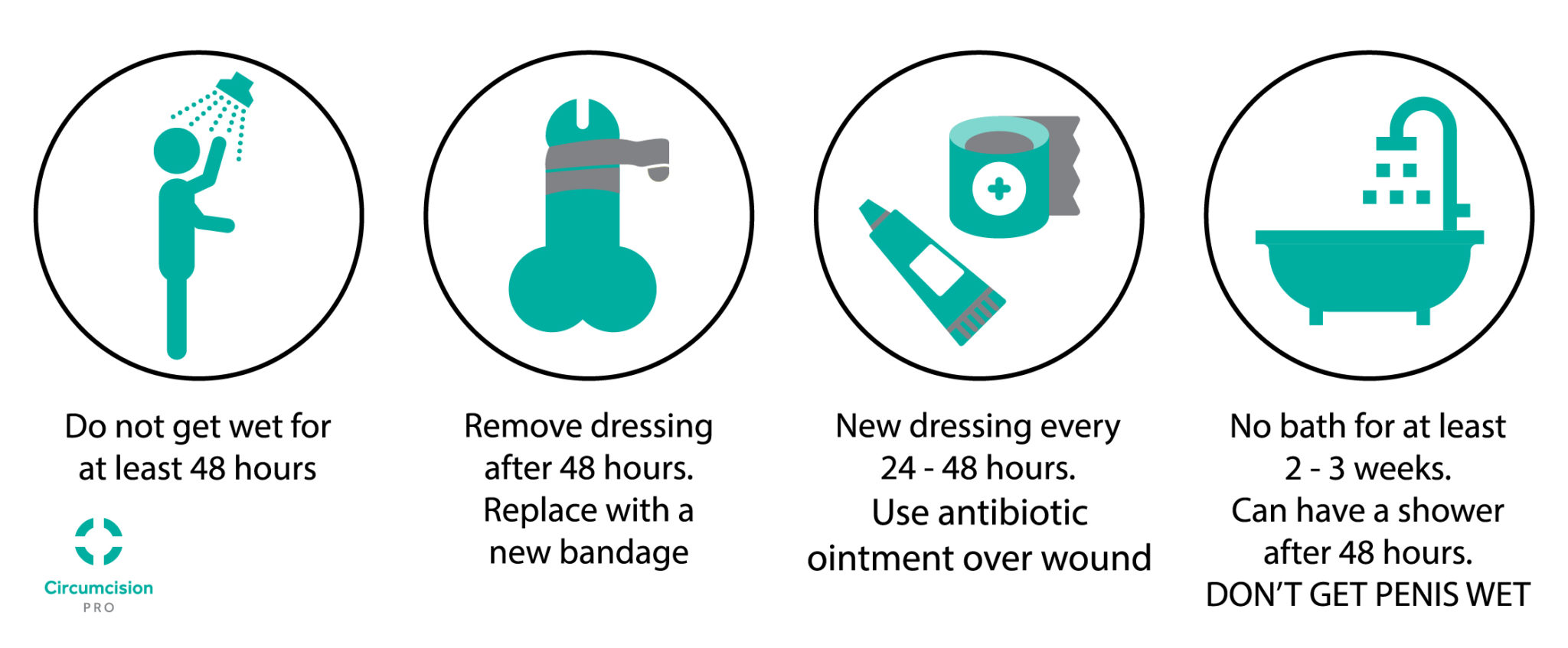Children's & Toddlers Circumcision in London
3-8 years
At Circumcision Pro we are an inclusive clinic and have experience of the different cultural and religious practices when it comes to circumcision. Many cultures prefer to have their sons circumcised at an older age. At Circumcision Pro, irrespective of age, we provide a service that prioritises safety and comfort. We strive to always ensure we provide the most comfortable environment for all families and their sons.
Preparation
We can perform circumcision at any age at our clinic. However, it is important to note that circumcision in this age group can be quite challenging. Toddlers and children below the age of 5 to 6 can struggle to understand what is being carried out and why. It is extremely important that parents make every effort to explain the procedure to their child beforehand and are prepared to play an active role in trying to settle their children and provide adequate distraction during the procedure to ensure that the whole experience is as mentally and physically comfortable as possible.
If your child is old enough to understand, it is important to explain what circumcision is and how it is going to be carried out. It is vitally important to be honest with your child, otherwise, they can lose trust in you and in the medical profession. With regards to your explanation of the procedure, it is important to be precise but not too explicit. The explanation should be as short as possible. It is wise to clearly explain to your child that only the skin at the tip of his penis will be removed otherwise he is likely to fear that his entire penis is to be removed. Gaining and maintaining his trust is paramount in order to allay his fears and also to ensure the experience is not distressing for all parties concerned. It is well documented that excessive levels of anxiety before the procedure can lead to greater distress after the procedure.
Emotional preparation for parents is extremely important as this can have an influence on the child’s experience of the procedure. First and foremost, it is extremely important that both parents are happy to go ahead with their son’s circumcision and that they are happy with the timing. Any disagreement regarding going ahead with the procedure will be a flashpoint before, during and after the procedure and can potentially have a negative impact on the whole experience. This is especially important in mixed-race families where the practice of circumcision is alien to one of the parents. Ensure that you have discussed the procedure amongst yourselves and you are both fully committed to going ahead with it. At Circumcision Pro, we are very keen to ensure that both parents are comfortable with the consent process. If we feel that either parent is uncomfortable then we will not proceed with the circumcision.
Seeing your son going through a procedure can be a stressful experience and parents deal with this in different ways. The most important thing to remember is that the stress of parents can spread to their children. Even the youngest of infants look to their mothers to determine how to react to a situation. The best way to help your son through this process is to remain calm yourselves. From our experience of over 6000 circumcisions, we have noticed that agitated parents go hand in hand with crying babies. Numerous studies have demonstrated a link between maternal anxiety and excessive infant crying. The best way to ease the process for your son is to try and be as relaxed as possible.
In the majority of cases, we will insist that parents are present during the procedure – this gives a great deal of confidence and comfort to the child undergoing the procedure. Seeing a familiar face or hearing a familiar voice is reassuring to your child. In the absence of any family members in the operating room, we will be reluctant to carry out the circumcision.
We use a local anaesthetic to eradicate pain. Prior to the injection, we may use a numbing cream depending on the circumstances. The injection can cause pain and stinging which a lot of children may find uncomfortable. The rest of the procedure will be pain-free. Your child may feel touch, changes in temperature, and pressure but no sharp pain associated with cutting.
During the procedure, it is essential that parents use different forms of distraction to keep their son’s focus away from the operative site. We actively encourage the use of phones and tablets to distract the child. At Circumcision Pro we have made every effort to ensure the operating room is as child-friendly as possible and, where necessary, we will provide suitable distraction tools.
Boys of this age can be extremely difficult to circumcise under local anaesthetic alone. In cases where boys are at least 5 years old and/or a minimum of 20kg we are now able to offer Circumcision under Sedation. We are the only Circumcision Clinic in the UK able to offer this.
In the majority of cases we perform the circumcision under local anaesthetic alone. This means we numb the penis with an anaesthetic injection and following this nothing is felt at all. The boys are completely awake and aware of what is going on. At this age it is extremely important parents help to provide adequate distraction by talking to their sons throughout the procedure. Often playing their favourite music or cartoons on an Ipad can help and our staff will help to set this up for you.
However, for some boys, understandably, circumcision under local anaesthetic alone is extremely distressing despite not being able to feel anything. In this case we are able to perform the circumcision under sedation. This means they are given medication to reduce their level of consciousness without making them completely unconscious. At the end of the procedure once they have recovered from the sedation they will have no recollection of the procedure. For further information please look at our Circumcision Under Sedation section. Please note that this service is ONLY available to boys aged 5 years and over and/or a minimum of 20kg in weight. Please call us for further details.
Many parents with autistic boys struggle to get them circumcised especially once they are above the age of 2. This is because they can often be very difficult to keep still and may become extremely agitated. For circumcisions carried out under local anaesthetic this can be extremely dangerous and risk serious complications. We would highly recommend not getting them circumcised unless it is performed under sedation.
At Circumcision Pro we are the only Circumcision Clinic in the UK to offer circumcision under sedation. This service is only available to boys aged 5 years and above and/or a minimum of 20kg in weight. For autistic children this approach is perfect and ensures the circumcision can be carried out safely with minimal distress to the child. Our sedation team comprising Dr Swart and Nurse Joanne Delaney have years of experience in performing paediatric sedation including autistic children. For further information please call us.
The Procedure
In toddlers and young children a variety of techniques for circumcision are available. In toddlers the preference is to use the ‘ring’ method. There are two types of ring device – the Plastibell Ring and the Circumplast Ring. The technique used in both types of ring is the same.
With experience in all methods of circumcision, we can adapt to each client’s needs. Our preference is to use the Plastibell ring. However, where the penis is found to be slightly ‘buried’ we prefer to use the Circumplast ring.
For older children the ‘ring’ method may not be possible. The plastibell and circumplast rings come in a variety of sizes to accommodate different penile girth sizes. The largest plastibell ring size is 1.7cm. In older children penile girth is often larger than this and hence the ‘ring’ method cannot be used. In addition, even if the ring can be fitted the rate of complications including failure of the ring to fall off as well ring migration are much higher and hence it is normally better to opt for a traditional cut and stitch method. This technique takes longer and involves the placement of stitches.
- The penis is numbed using a local anaesthetic injection into the base of the penis.
- The foreskin is stretched and retracted to reveal the head of the penis.
- We then clear any adhesions and usually separate what is known as the frenulum from the base of the penile head. There can be some minor bleeding at this point. We will usually use a cauterisation device to stop any bleeding and proceed to size the ring.
- The Plastibell ring comes in a variety of sizes. After selecting the appropriate size, the ring is passed over the head of the penis.
- The retracted foreskin is pulled back over the ring.
- A tight suture (string) is tied against the ring trapping the foreskin.
- The foreskin is trimmed back to the edge of the ring.
- Any bleeding edges are cauterised.
- Over the course of the next 7 to 8 days, the thread will cut through the foreskin.
- Subsequently, the foreskin and ring will drop off revealing a fully circumcised penis.
- The process is similar to the umbilical cord falling off soon after birth.
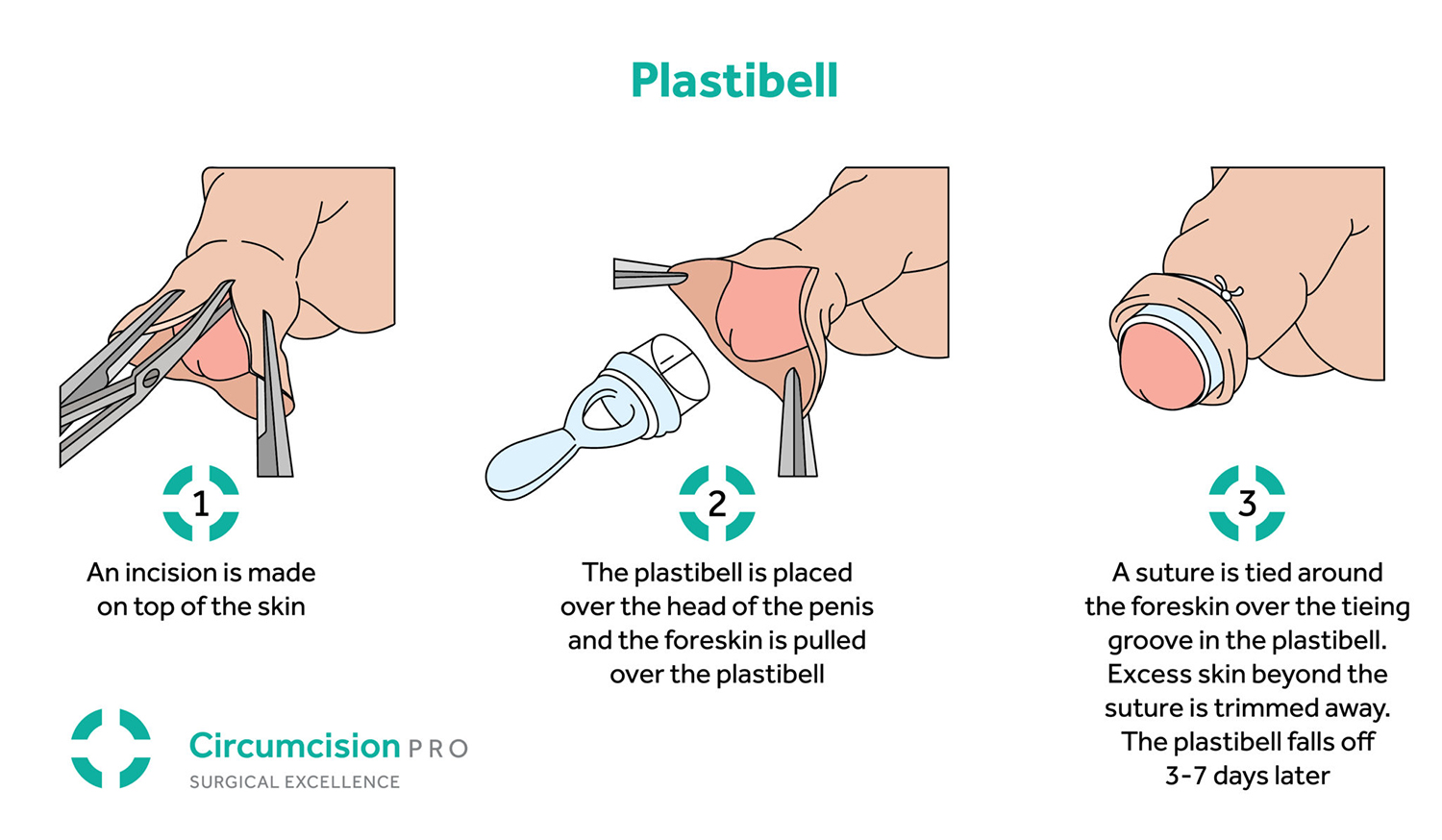
A circumplast circumcision is almost identical to the plastibell method. The major difference is that the circumplast ring is a slightly different shape and is better suited to boys who have a mild to moderate buried penis.
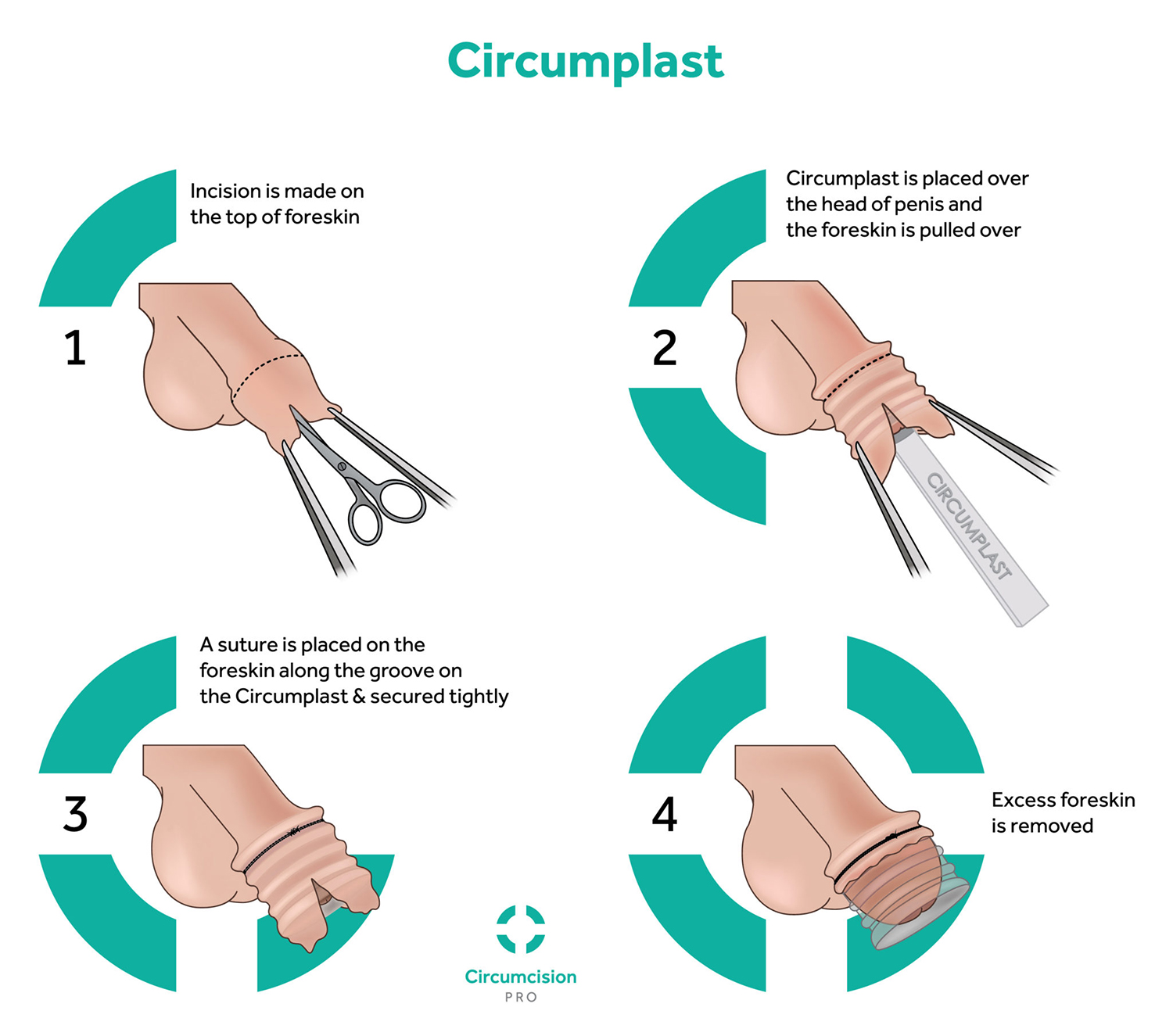
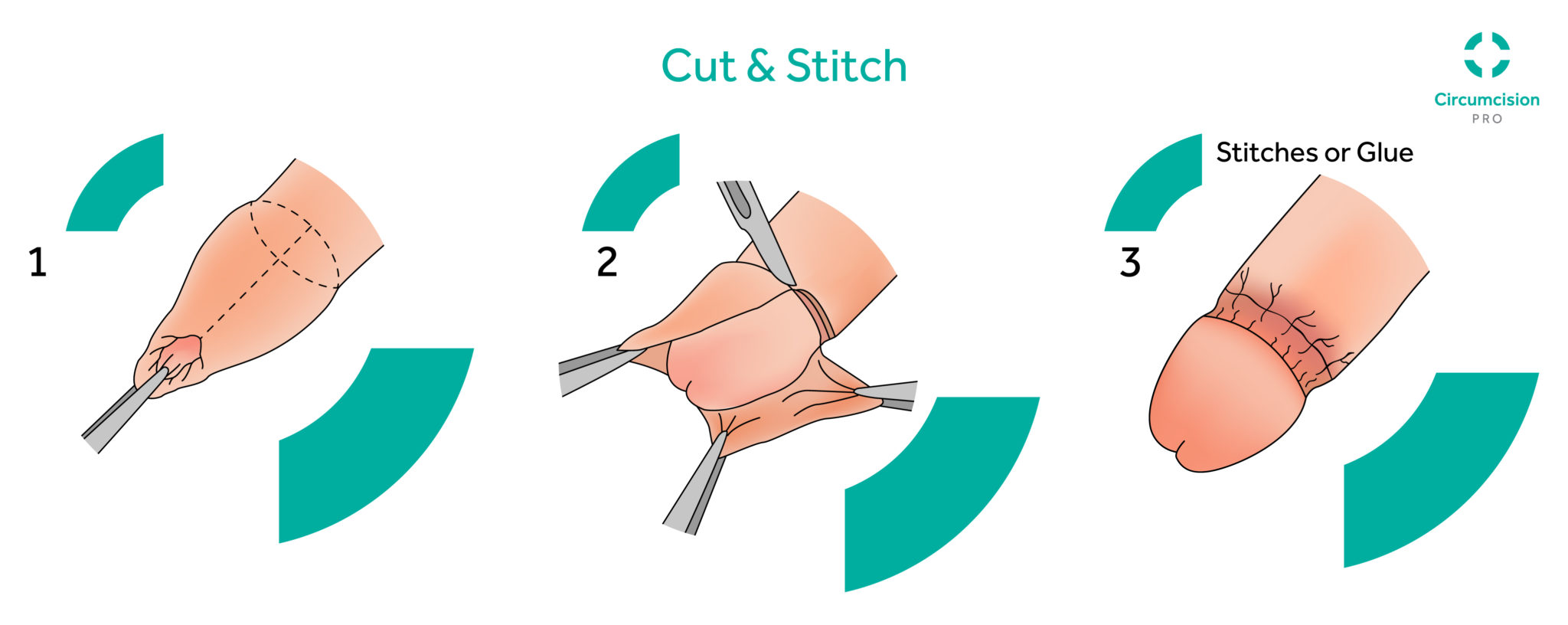
We use the forceps-guided technique, sleeve technique or freehand technique. We perform the procedure with stitches. For an even better cosmetic result dermabond glue may also be an option. This method of skin closure has significant advantages in terms of less postoperative pain, faster recovery and no stitch marks. The suture-less method is preferred by many as there are then no stitch marks seen on the skin and is cosmetically more attractive.
This procedure is performed under a local anaesthetic and patients are comfortable immediately after the procedure and can travel home as soon as the surgeon has performed a post-operative check. Glue will slough off within 10 days and stitches dissolve in 2 to 3 weeks time.
On the day of your son’s procedure the surgeon will carry out a thorough examination and decide on whether he is appropriate for the ‘ring’ method with a plastibell/circumplast ring or if a ‘cut and stitch’ approach will be better. The pros and cons of both will be discussed. At Circumcision Pro we are passionate about explaining every step of the process as well as possible.
On The Day
Consultation
On the day, we will first explain the procedure and discuss any potential complications. Then, we will go through the details of the immediate aftercare and provide contact details should you have any further questions once you get home. You will have our support through every step of the process.
We will require consent for all procedures. To gain consent for a procedure to be carried out on your son, it is necessary that both parents are present on the day. They must be in complete agreement with regards to going ahead. Both parents must sign the consent form. If one or both parents are not able to be present, a signed consent letter will be required alongside proof of signature. Single mothers must demonstrate full custody and parental rights if they are the sole parent. In the case of single fathers, we will require some form of documentation to confirm that the mother has given consent or that court approval has been granted.
The circumcision process consists of two steps. Initially, babies and infants are given a local anaesthetic block that will numb the entire penis to ensure a painless procedure. Unlike a general anaesthetic, the medication will not put the child to sleep. Administration of the local anaesthetic can be painful. It involves three small injections at the base of the penis. This will sting a little and it is normal for babies and infants to cry at this point. The injections are very quick and should take no longer than 30 to 45 seconds. The local anaesthetic used is a mixture of short-acting and long-acting anaesthetic which takes effect within about 5 to 6 minutes and lasts for at least 1 hour. This will easily cover the duration of the circumcision and part of your journey back home.
In order to make this process more comfortable, we will often apply topical anaesthetic cream to the area in and around the base of the penis half an hour before starting. This will help to reduce the pain of the injections. For those children who are particularly anxious, we can also administer some premedication under the tongue to act as a mild sedative and help with anxiety. It is essential that parents communicate with their sons at this point in order to allay their fears as much as possible. Close cooperation between parents and the surgeon will ensure that this phase of the procedure runs smoothly.
At Circumcision Pro we are the only Circumcision Clinic in the UK to offer paediatric sedation.
If the circumcision is carried out under sedation, your son will initially be met by Dr Swart (our sedation doctor) and Nurse Joanne Delaney who will keep him calm and start the sedation process. Once relaxed and slightly asleep the local anaesthetic nerve block is administered. Your son will remain in the operating theatre until the procedure is completed and he has recovered from the sedation. The entire process under sedation takes slightly longer – around 90 minutes to 2 hours. Whilst under sedation parents and family members are not allowed in the operating theatre.
For further information on Circumcision under Sedation please refer to the Sedation section and call us on 02075316600.
Once we have completed the circumcision we will ask you to remain in the clinic for a further 15 to 20 minutes so that we can check to ensure there is no bleeding and that the child is settled. We will also answer any final questions and concerns you may have. You will be given access to our 24/7 aftercare service, allowing you to return home with your minds at ease.
We always place the safety and comfort of our patients first and, in rare circumstances, we may defer or indeed cancel your son’s procedure for a variety of reasons.
There are a few anatomical abnormalities that would mean that circumcision has to be deferred. These include a condition called hypospadias, a severely buried penis or a scrotal web.
At the time of consultation, your child will be examined to make sure there are no conditions, such as an irregular temperature or jaundice, that will compromise the safety of the procedure. In these instances, the circumcision is delayed by around 1 week or until the child fully recovers and we are satisfied that the procedure will be safe.
A child must be willing and cooperative where applicable; occasionally the procedure may have to be abandoned if a child is frightened and not co-operative or withdraws his consent. We will not compromise the child’s safety. In addition, the child has to be medically and mentally fit. If your child suffers from any mental or physical disabilities then the procedure will not be done. It may be safer to carry out circumcision under General Anaesthetic (GA) in such instances. Please inform the surgeon, as we take the welfare of your child very seriously. If our surgeon believes any conditions have not been met, he will not carry out the circumcision.
Another condition that can result in the procedure getting cancelled is called Hypospadias. This is when the opening to the urethra (where urine exits from) is not at the tip of the head of the penis but instead is running along the base of the head of the penis and in some cases the shaft. In this case, we will instruct your GP to refer your son to a paediatric urologist.
Please note that it is sometimes difficult to diagnose hypospadias until we have actually stretched and retracted the foreskin. We always perform this part of the procedure without cutting any skin just in case we have to stop the procedure in the event of finding hypospadias.
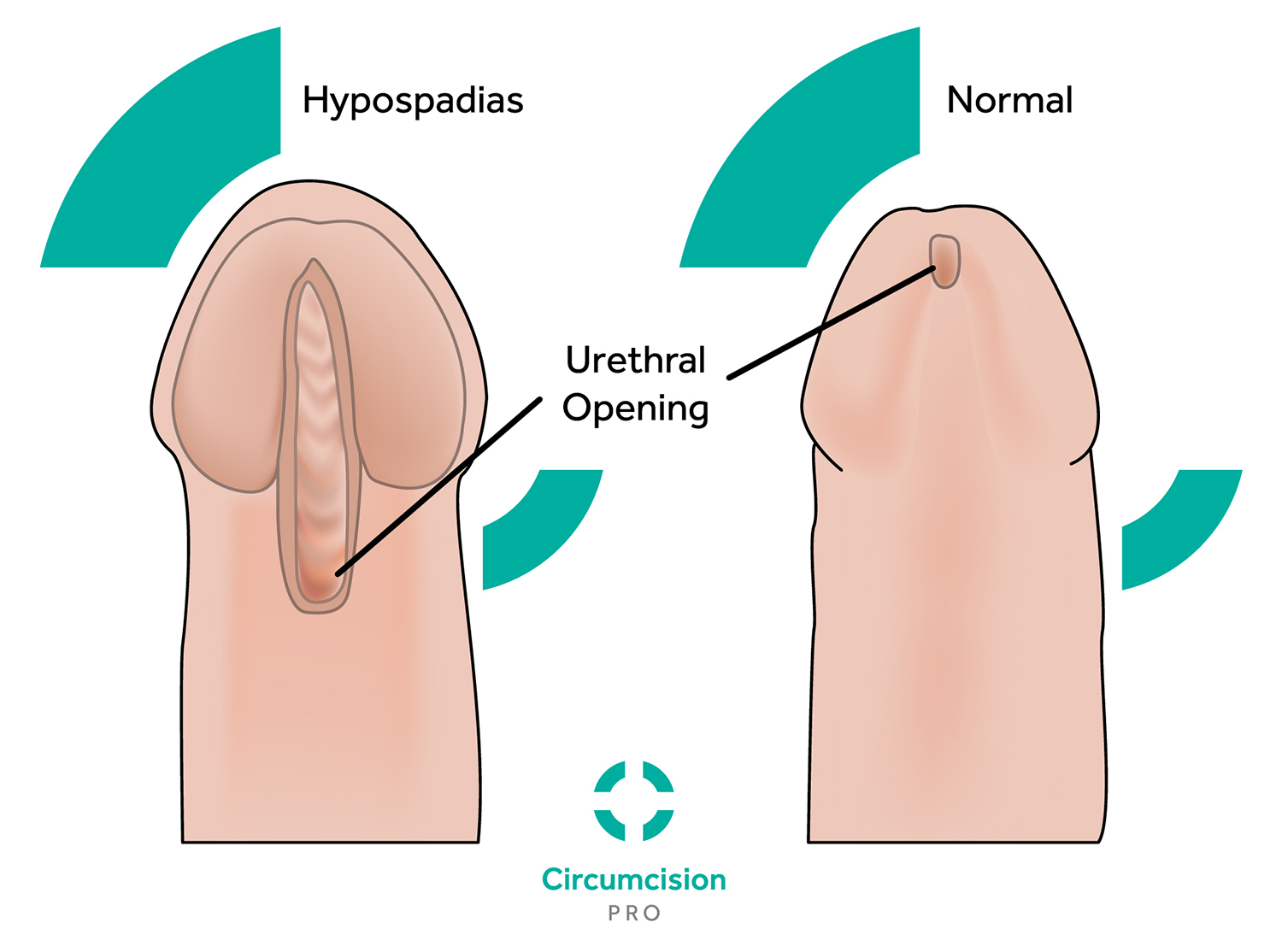
A scrotal web is normally a congenital condition where the skin of the scrotum extends onto the skin of the shaft of the penis. As a result the head and shaft of the penis can effectively be stuck to the scrotum. This means there is not enough skin on the underside of the penis to be able to complete the circumcision safely. If this is identified our surgeon will cancel the procedure and arrange for your son to be referred back to your GP. Your GP will need to refer your son to a urologist or plastic surgeon to perform a procedure to release the scrotal web.
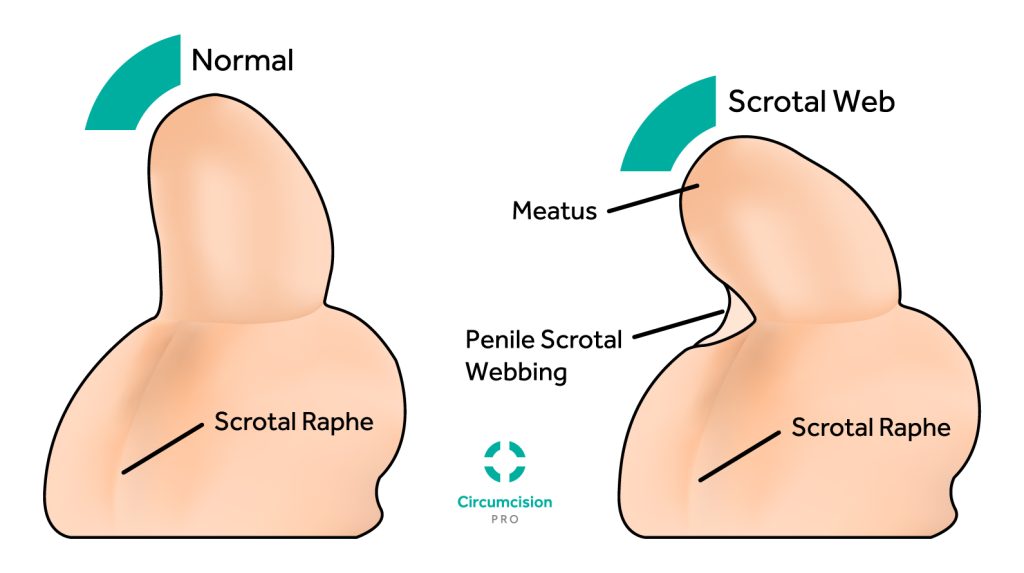
The Aftercare
After Care for Plastibell & Circumplast

After Care for Plastibell & Circumplast
Antibiotic Ointment
Apply 3 times a day every day till the ring falls off
Salt Water Bath
Start on day 2 post op and continue every day till ring falls off
Regular Nappy Changes
Change nappies regularly. Use the same size.
Your son will receive a local anaesthetic nerve block to numb the penis before his circumcision. This nerve block should last for at least 60 to 90 minutes. For this period he will not feel any pain.
All toddlers and young boys can be given an age-appropriate dose of paracetamol or ibuprofen. They will be apprehensive about the circumcision site. Try to ensure they do not touch the wound.
After the circumcision, we will normally apply a single piece of gauze covering the operative site. It is very important to keep an eye on any bleeding in the first 6 to 12 hours after the procedure. We will keep you at the clinic for 20 minutes after the procedure to ensure there is no bleeding.
It is normal to have a slight ooze on the first day. However, if your son continues to bleed beyond 6 hours and/or has a bloodstain larger than a 50 pence coin please contact the clinic irrespective of the time of the day. If in any doubt do not hesitate to call the clinic. The highest risk of bleeding post-operatively is in the first 6-12 hours although this is normally extremely rare.
After the operation, your son’s whole penis may be swollen and look slightly bruised. This is a normal effect of both the local anaesthetic injection and the placement of the ring. This will gradually reduce over the next few days.
If your son has a plastibell or circumplast circumcision it is important to keep it clean using simple wipes. He should have a salt water bath regularly after the first 24hours everyday.
If your son has had a ‘cut and stitch; circumcision the wound should be kept completely dry for the first 48 hours and the bandage kept in place. After 48 hours the bandage can be changed and the area cleaned with some wipes. The dressing should then be replaced and cleaned regularly. Your son can have a shower but avoid getting the area wet. He should definitely NOT be given a bath until 2-3 weeks after the procedure. Getting the wound wet too early will predispose him to infection.
There is a common misconception amongst parents that their children will struggle to pass.
urine once the ring is on. This is absolutely not the case. Your son should be able to pass urine normally with the ring in place. We advise parents to ensure they have observed their children having a wet nappy within the first 6 hours after the procedure has been completed.
Often with toddlers and young children, they are afraid to pass urine as they believe they may get some pain or that indeed the ring will stop them. As a result, they voluntarily try to stop themselves from passing urine. It is very important you reassure them and encourage them to pass urine as soon as they feel the urge to.
It is important to be aware of the signs of infection. If an infection is to occur, signs are unlikely to be visible until the 3rd or 4th day after the circumcision. You need to look out for evidence of increasing swelling, increasing redness, any discharge from the wound and/or if he develops a fever or appears to be in more pain then he was previously.
If you are concerned about infection please call the clinic. Following discussion, if we feel that there is evidence of infection we will prescribe antibiotics for your son to start. For any concerns you have regarding your son’s circumcision it is essential you contact us.
FAQ's about your Child / Toddler
This depends on age, with recovery times increasing the older the child gets. For toddlers, the ring and excess foreskin come off after around 10 days and for young children, it will take around 14 days. The area will usually heal completely after another 1 to 2 weeks.
If the suture method has been used, then recovery times are usually 4 to 6 weeks.
If your child attends school, we usually recommend that he has 1 to 2 weeks off school to recover. After he returns to school he must not participate in any contact sports such as football, rugby, swimming for another 2 weeks.
There is a common misconception amongst parents that their young children will struggle to pass urine once the ring is on. This is absolutely not the case. Your son should be able to pass urine normally with the ring in place.
Often toddlers and young children will be afraid to pass urine in the belief that they may get some pain or that the ring will stop them. It is very important you reassure them and encourage them to pass urine as soon as they feel the urge to.
We do not routinely prescribe antibiotics after the procedure. We do, however, prescribe you an antibiotic cream to apply to the wound 3 times a day in the week following the procedure.
At Circumcision Pro, we believe our clients are clients for life and we are always on hand to help answer your questions and address your concerns. At the initial consultation, we will go through the entire aftercare process with you. We will also provide you with a comprehensive pack consisting of relevant prescriptions, a summary sheet of the aftercare instructions, a letter to be handed into your son’s GP stating what specific procedure has been performed, as well as our 24/7 contact details.
